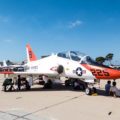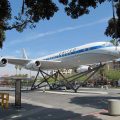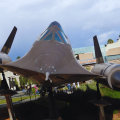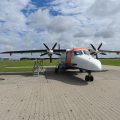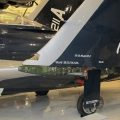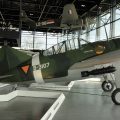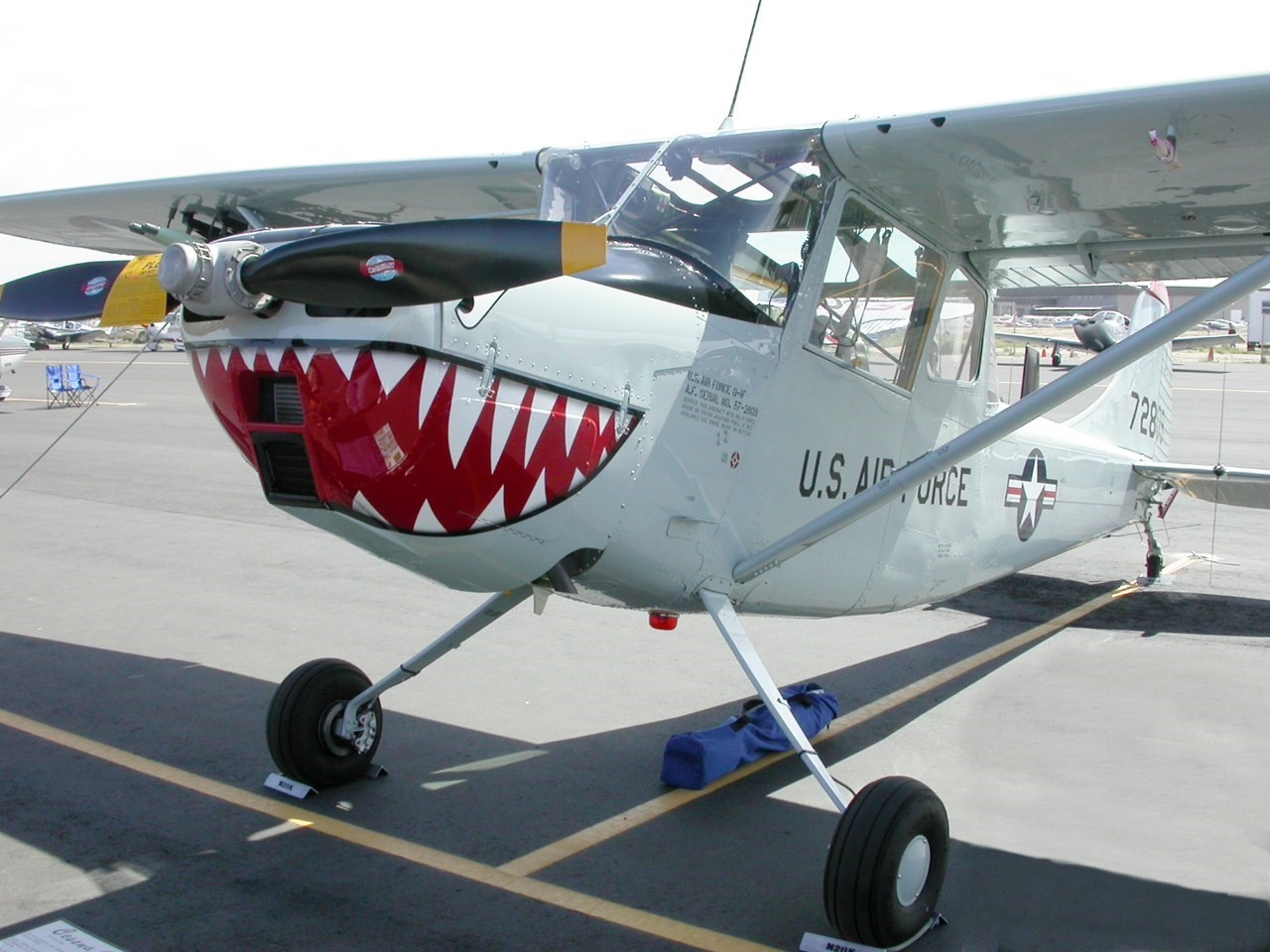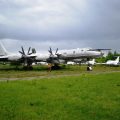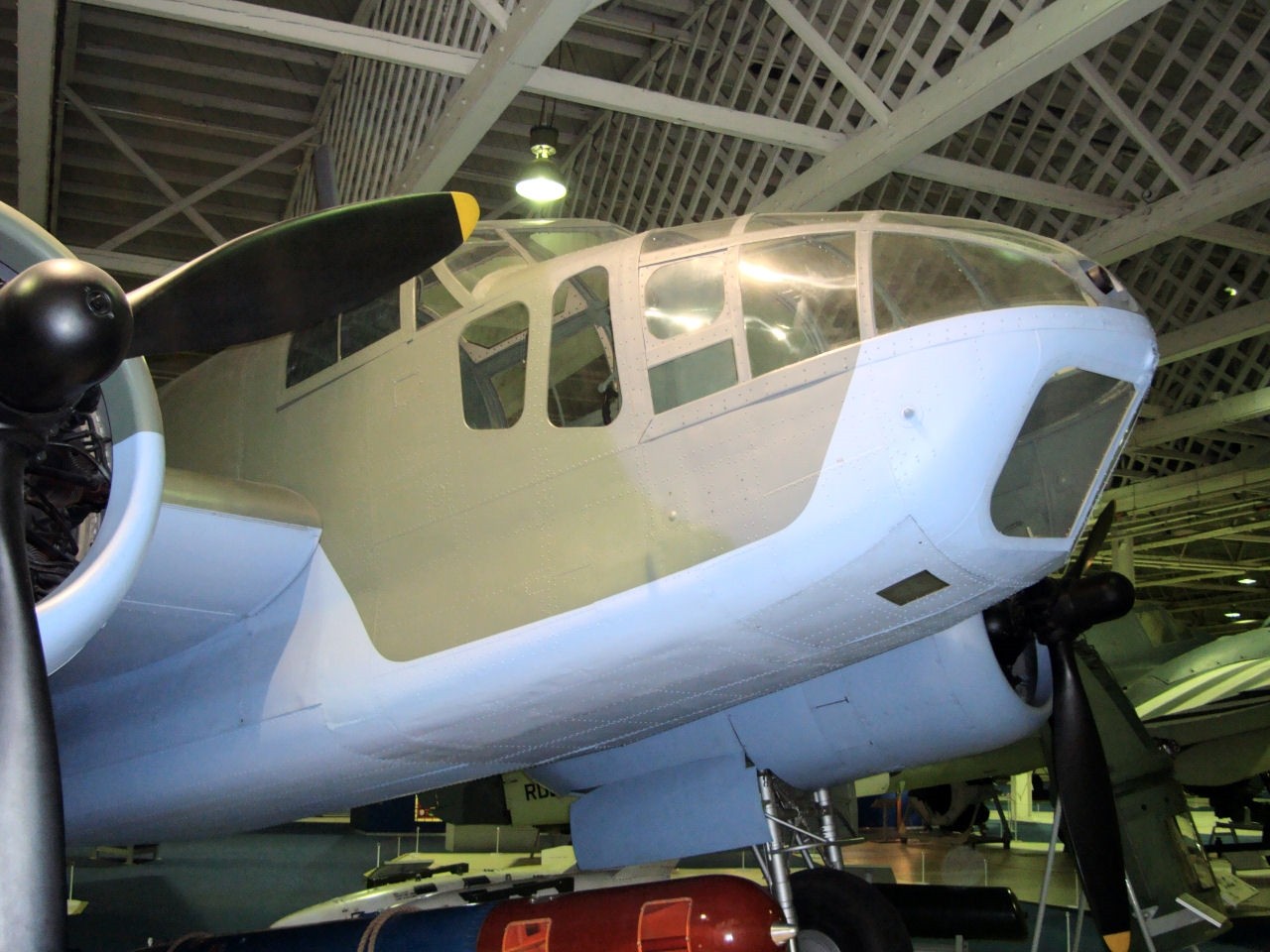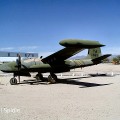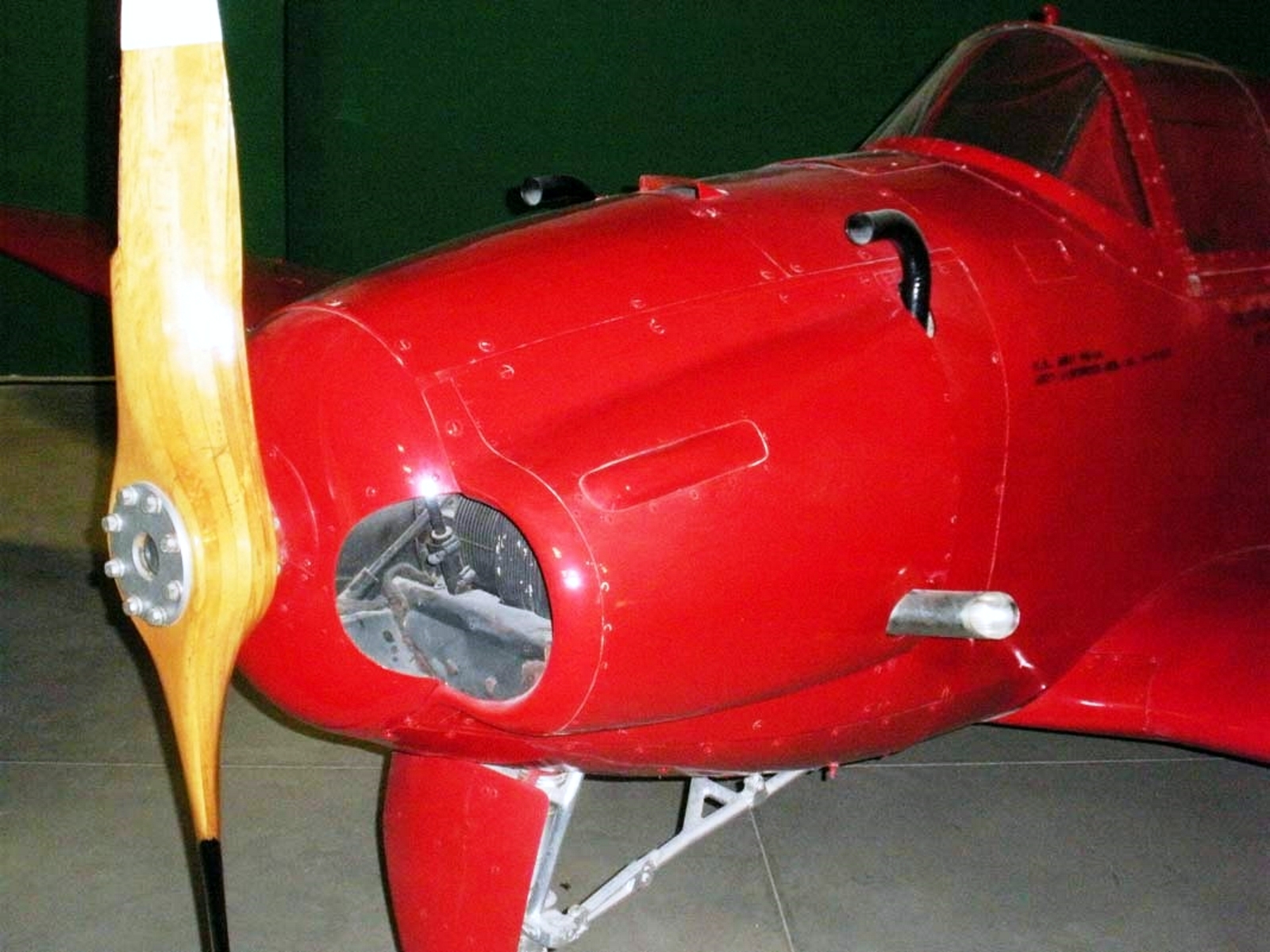
Culver PQ-14 Cadet | |
|---|---|
| Krajiny | Spojené štáty americké |
| Úlohu | Cieľový dron |
| Prvý let | 1942 |
| Postavený | 2043 |
Komisia Kadet Culver PQ-14 is a modified version of the Culver LFA Cadet used as a target drone. In 1940, the U.S. Army Air Corps drew up a requirement for a radio-controlled target drone for training anti-aircraft artillery gunners. The first aircraft in a series of target drones was a modification of the Culver LFA Cadet which eventually led to the PQ-14 series used throughout World War II and beyond.
Zdrojový: Kadet Culver PQ-14 na Wikipédii
| Culver PQ-14 Cadet Walk Around | |
|---|---|
| Fotografov | Vladimir Jakubov, Randy Ray |
| Lokalizácia | Neznáme |
| Fotografie | 41 |
Súvisiace súpravy:

Nájdite súpravy na eBay:
The Culver PQ-14 Cadet was a radio-controlled target drone used by the United States Army Air Forces and the United States Navy during World War II. It was based on the Culver LFA Cadet, a light civilian aircraft that was modified for military use. The PQ-14 was designed to simulate enemy aircraft for gunnery and anti-aircraft training. It had a wooden monocoque fuselage, a low-wing configuration, and a retractable tricycle landing gear. The drone was powered by a Franklin 4AC-199-E3 engine that produced 90 horsepower. The PQ-14 could fly at a maximum speed of 184 miles per hour and had a range of 500 miles. It was controlled by a ground operator using a radio transmitter and receiver. The drone carried a self-destruct device that could be activated by the operator or by a timer. The PQ-14 was first flown in 1942 and entered service in 1943. Over 2,000 units were built and deployed in various theaters of war. The PQ-14 was retired from service in 1946 and replaced by more advanced drones.
Zobrazenia : 1038
